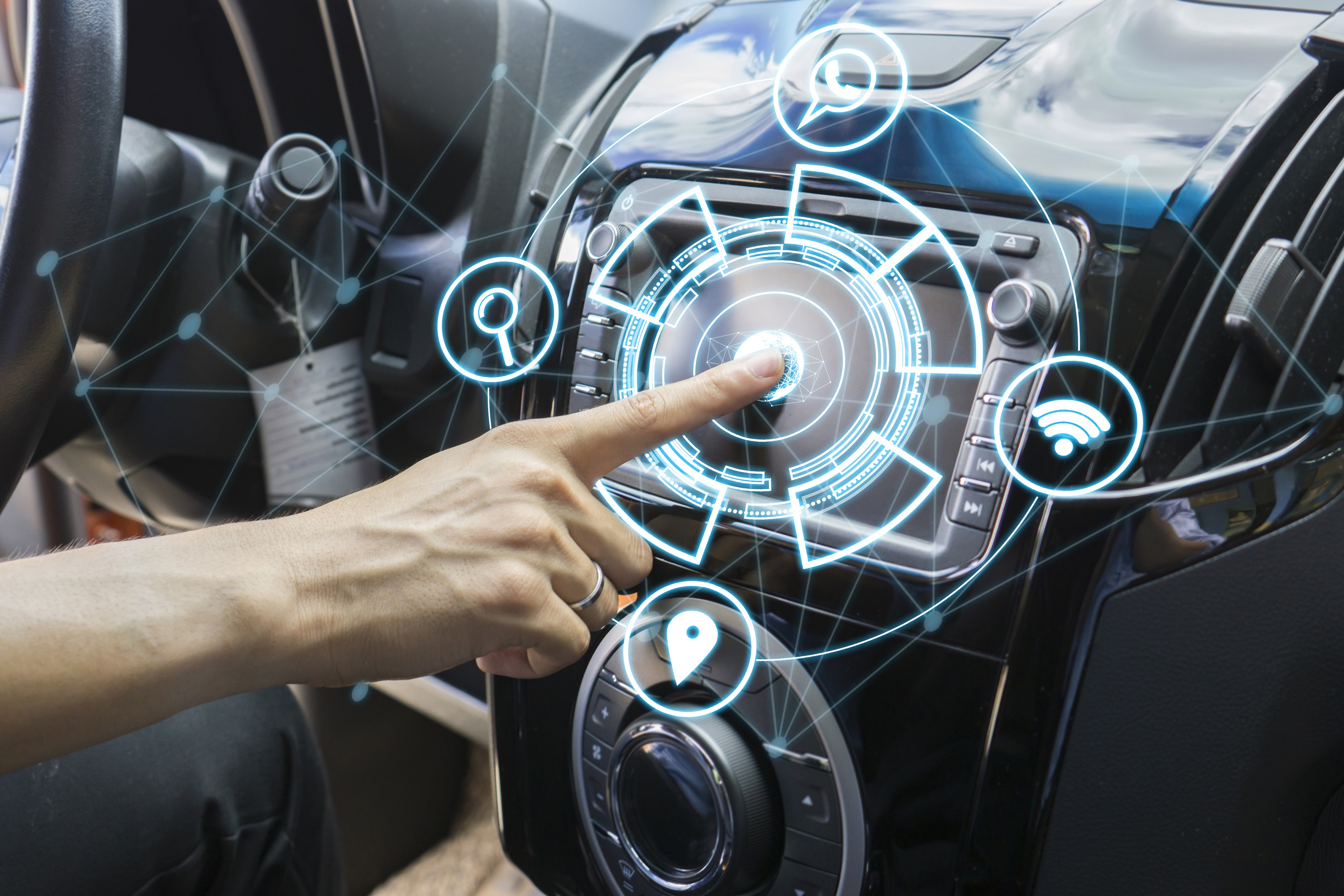How to Use IoT for Smart Parking Solution Development?
We’ve all been part of the parking hunt routine. Circling localities, buildings, and parking lots – only to find a vacant space before anyone else occupies it is a common phenomenon. Thanks to an exponential rise in car ownership, searching for parking has become more daunting than ever – comprising 35% of our overall commute time. In terms of smart parking, IoT, coupled with cutting-edge tech platforms, helps drivers find parking spots on. Compared to the nebulous efforts drivers put while searching for parking space, Integrating IoT for smart parking solution allocates empty driving spots for them. That too, in real-time!
How IoT augments Smart Parking Technology?

The combination of IoT and smart parking technology leads to an efficient parking-communication system. IoT sensors are installed at parking spots within a facility, from where they capture the presence and absence of vehicles driving in and out. These sensors measure physical distances using ultrasonic waves and convert their measurements into data. Their captured data is transferred to a cloud server over a wireless network. The cloud server entails technology that analyses the data instantaneously, thus creating a map of available bays for drivers looking for vacant parking spaces.
As an add-on, this system integrates GPS to provide real-time directions to the drivers. Advanced smart-parking technologies can also reserve parking spaces based on the driver’s call. On their way, the driver chooses an unoccupied parking space and reserves it by making a payment on the smart parking’s mobile app – resulting in a seamless parking experience.
Need for IoT-Driven Smart Parking
There are broadly two reasons at play behind the widening requirement of IoT for smart parking solution: an ever-increasing rally in car ownership and the growth of urbanization. According to the World Bank, the Earth is home to over four billion city residents – a population that’s estimated to become 60% of the world by 2030. With over 91% of US households having access to at least one vehicle, the staggering growth is set to pave problems for the upcoming generations.
Furthermore, lack of a parking space persuades drivers to search for extended periods, leading to excessive traffic jams that continually increase their search duration. Without an effective parking solution, this vicious circle advances rapidly – causing mass dissatisfaction and road rage.
If that wasn’t enough, Autonomous Vehicles (AVs) are expected to put newer, unforeseen demands to the shelf – including the requirement for charging stations. As most AVs are electric, they need to be integrated with top-notch parking systems that can abide by parking rules at different spots.
The Mechanism Behind IoT-Enabled Smart Parking
IoT sensors are mounted at the ground surface of a parking spot. They detect the activity of the oncoming vehicle’s undercarriage, concluding whether the car is parked or not. Although distance measurement is very common for IoT-enabled sensors, there are three ways to sense unoccupied parking spaces:
- Ultrasonic: The sensor uses ultrasound waves and records its distance from the parking roof. It captures signals when there are obstructions.
- Electromagnetic fields: The sensor measures magnetic field disruptions when metallic things are around.
- Infrared: The sensor detects movement by recording temperature changes.
Smart Parking: What the future Withholds?
As smart parking systems strive to solve an existing problem, their emergence shall be referred to as a necessity instead of a mere trend. This technology improves the lifestyle of drivers daily, snowballing their potential for the upcoming decades. Including IoT, smart parking integrates Augmented Reality, Machine Learning, and Artificial Intelligence. Combining these breakthroughs would probably result in stronger revolutions in the parking sector – bolstering urbanization’s unstoppable force.
